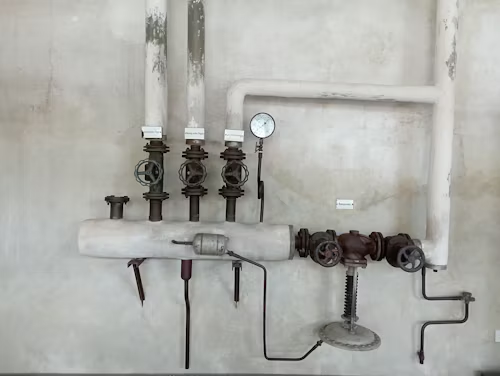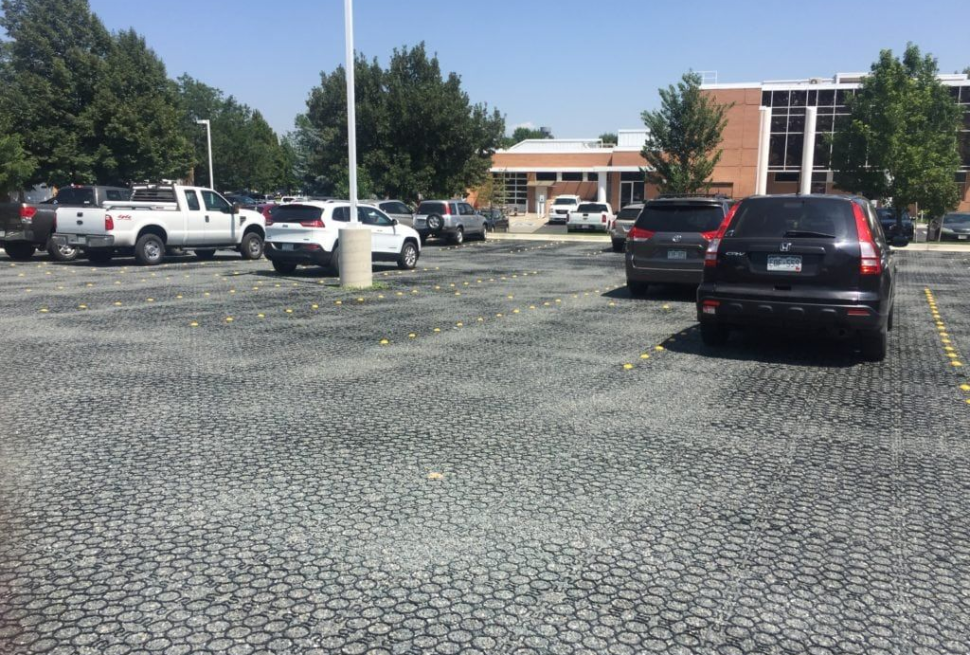Safety is the backbone of every successful construction project, especially when it comes to the hidden networks beneath our streets and buildings. From water delivery systems to drainage channels and electrical conduits, the proper installation of pipes and fittings ensures both functionality and public safety.
Pressure pipe fittings, stormwater pipe fittings, and electrical pipes each carry their own risks if not handled correctly. This article will discuss proven best practices to prevent leaks, flooding, and electrical hazards while extending the life of critical infrastructure.
Understanding the Risks
Each type of pipe system comes with its own set of challenges, and overlooking them can lead to costly and dangerous consequences.
- Pressure pipe fittings handle high water or fluid pressure. If the joints are weak or improperly sealed, they can leak, burst, or even contaminate the water supply.
- Stormwater pipe fittings are vital for managing runoff during heavy rainfall. A poorly installed joint or incorrect alignment can result in localized flooding, soil erosion, or even structural damage to surrounding roads and buildings.
- Electrical pipes carry an entirely different level of risk. If not installed with precision and moisture protection, they can become a fire hazard or cause electrocution.
Recognizing these risks upfront reinforces why careful planning and installation are non-negotiable.
Preparing the Site: Safety Starts Before Installation
A safe installation begins long before the first pipe is laid. Proper site preparation is essential to avoid hazards during and after construction. The process starts with detailed surveys and utility mapping, ensuring existing networks are identified so workers don’t accidentally cut into other pipelines or cables.
Soil conditions must also be assessed for stability, as loose or waterlogged ground can compromise trenches and the pipes within them. Trench safety measures (such as shoring or shielding) are crucial to protect workers from collapse risks.
Equally important is the proper coordination of pipe placement. Pressure pipe fittings, stormwater pipe fittings, and electrical pipes should never interfere with one another, which is why separation distances and protective barriers are required.
Workers must also be equipped with appropriate PPE and follow relevant construction standards and codes. Addressing these factors early creates a foundation for safe and durable installations.
Best Practices for Installing Pressure Pipe Fittings
Precision and durability are important when handling pressurized systems. The first step is selecting fittings rated for the specific pressure requirements of the project. Using underspecified fittings may hold up temporarily, but often leads to dangerous failures under sustained load. Correct jointing techniques (through solvent welding, mechanical connections, or heat fusion) are essential to ensure leak-proof seals.
Once installed, systems should always undergo pressure testing before full-scale operation. This step verifies that joints and fittings can withstand real-world conditions without leaks or bursts. Finally, it is crucial to maintain strict separation from sewer or drainage systems to avoid the risk of cross-contamination.
Best Practices for Stormwater Pipe Fittings
Stormwater management systems protect properties and infrastructure from flooding, so precision in installation is crucial. The first step is ensuring the correct slope and alignment of pipes, which allows water to flow freely without pooling or backflow. Even a slight miscalculation can reduce efficiency and increase the risk of localized flooding.
Sealing joints properly is also crucial. Gaps can allow soil and debris to enter the system, leading to blockages and long-term damage. Choosing durable materials for stormwater pipe fittings is equally important, as they must withstand fluctuating water volumes, heavy loads from above-ground traffic, and extreme weather conditions.
Lastly, including accessible inspection points in the layout ensures easier maintenance and quicker response when problems occur.
Best Practices for Electrical Pipes
Electrical pipes, or conduits, play a critical role in protecting wiring from physical damage, moisture, and environmental stress. Choosing the right material is the first step for electrical pipe fittings. PVC conduits are common for their corrosion resistance, while metal conduits may be preferred in areas requiring higher strength or fire protection.
Proper installation also requires sealing against moisture, since even minor water ingress can corrode wires and create fire or shock hazards. Depth and spacing are equally important; electrical pipes should be buried at safe levels and kept at a sufficient distance from pressure and stormwater pipelines to prevent interference. Clear labeling and accessible junctions make maintenance and future upgrades much safer.
Conclusion
Safe installation protects workers and communities. No matter what type of fitting it is, each plays a vital role in infrastructure reliability.
By prioritizing proper planning, using the right materials, and following best practices, construction professionals can minimize risks while maximizing system lifespan. In every project, large or small, putting safety first ensures that underground networks remain strong, secure, and dependable for years to come.




